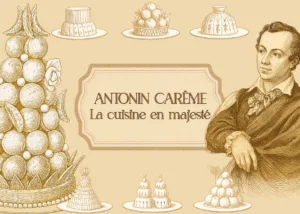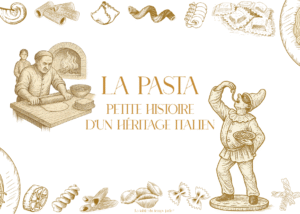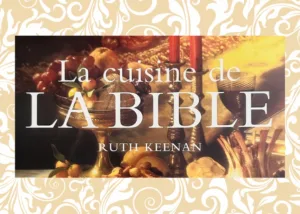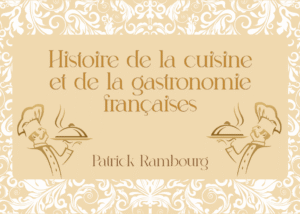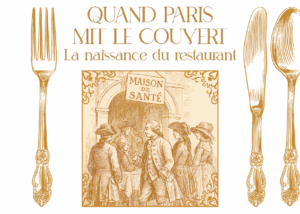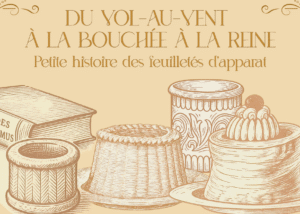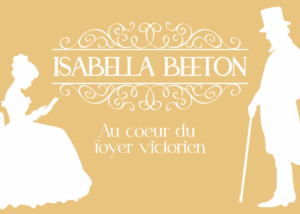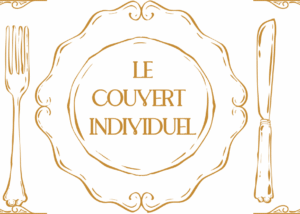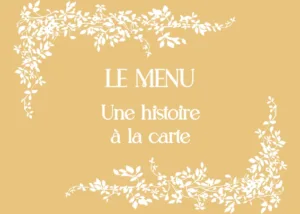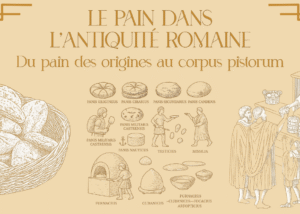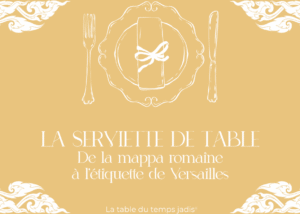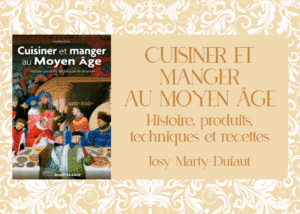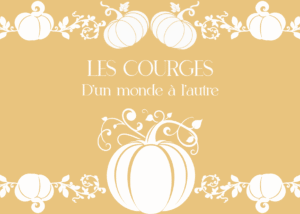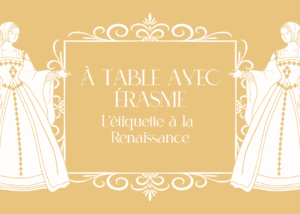From hand to knife:
The dawn of the meal

Since the first ages, man has been handing out to eat.
Long before the cutlery, even before the control of fire, Sustenter was an immediate, raw, instinctive gesture: grasping, bringing to your mouth, sometimes sharing.

Stone and fire
Almost 40,000 years ago, in the Upper Paleolithic , households have illuminated human camps since millennia. The control of fire, acquired long before this time, deeply transforms the way of food: meat, formerly consumed raw, is now roasted; Fire softens the flesh and brings together men.
The meal is no longer just a vital act; It also becomes a first moment of gathering.
Around the fire, the hunters share the flesh of the slaughtered animals.
The hand, still alone, grabs the pieces, while the cut flint cuts and prepares: the first sharp extension of the nourishing gesture.

The ancestors of the spoons
In the Mesolithic , between 12,000 and 8,000 years before our era, a slow transformation takes place. The man still lives in hunting and picking, but he tames his environment: he fishs, harvests wild fruits, built of more durable shelters.
Nature inspires his first meal instruments to him: hollow shells to draw water or berries, bark and curved wood shaped into kinds of primitive ladles, polished bone transformed into utensils.
These objects extend the hand without erasing it, offering a first sketch of cutlery.

The first utensils
In the Neolithic , around 9,000 years before our era, agriculture deeply transforms the relationship to food.
In the first villages, meals are structured: men make wooden spoons , bone knives , terracotta bowls . Foods are stored, prepared, shared.
These simple objects bear witness to a silent revolution: eating is no longer an instinctive gesture, it is an organized act, inscribed in a cycle of production and community life.

Offering spoons
In ancient Egypt , between 3000 and 1000 BCE, food is also an offering, a link between the living, the gods and the deceased.
Among the objects deposited in the tombs, alongside vases and jewelry, certain spoons , delicately carved , testify to this sacred link. Modeled in ivory , wood or tender stone , they are adorned with powerful patterns: lotus flowers, rebirth symbols, fish, abundance symbols, gazelles embodying grace, or young women swimming, or bearing precious offerings above their heads.
Certain spoons, in particular, wear the silhouette of the ibis, the animal dedicated to Thot, master of writing and guardian of time. By their refinement, these objects are not content to serve: they raise the act of nourishing and honoring the rank of sacred rite. Used to deposit scented oils, incense or precious substances, offered to the deities or accompanying souls towards eternity, these spoons tell the deep spiritualization of daily gestures in Egyptian civilization. In this world where each offering whispered eternity, even the simplest instrument became a messenger between the living and the beyond.

The first banquets
In ancient Greece, then in Rome , the meal becomes an art of living as much as a vital need. The hand remains the first instrument of the meal, but all around the gesture, the universe of the table refines.
In Rome, the houses of wealthy citizens open on rooms dedicated to the banquet: the tricliniums , where three low, richly decorated beds form a U around a central table.
The guests settle there, lying on the left side , supported by the elbow, leaving the right hand free to grasp the food, cut the bites and bring food to the mouth - gesture of nobility as much as necessity.
The distinction of the hands is fundamental: only the right hand is used to eat.
The Roman table is adorned with terracotta cuts, jugs decorated for wine, light trailers for sauces.
The knives , although present, are used before the service: they serve the cooks and slaves to cut and arrange the dishes. At the table, the guests do not decide themselves; They receive already prepared songs.
Only a few spoons , in bronze or silver for the richest, appear for thick sauces or soups.
The meal becomes a refined social scene. Eat, converse, philosophize: everything mixes in a silent ballet of tense hands and shared dishes, where elegance is born from the simplicity of the gesture.

Sharing over the blade
In the Middle Ages , between the 5th and 15th century, the hand still reigns at the table: the custom remains to grasp the food with the three fingers of the right hand , a gesture deemed natural, noble and practical.
The personal knife is essential : hanging on the belt, it accompanies the guest to cut its share of meat, bread or fish. It is not only used to cut, but sometimes also to catch food directly, which are then carried to the mouth. The cutting is done on a tray , piece of stale bread or wooden board, which collects juice and pieces. The meal is divided around common dishes, in rustic simplicity but codified by ancestral gestures.
The spoon , still rare and precious , is only used for soups or thick sauces. It was not until the 16th century that the spoon was truly imposed at the table as a current utensil.
As for the fork , it remains exceptional : considered with distrust, it will not impose itself until much later.
Through these first gestures of the meal, a whole silent story is taking shape: that of our tables, our uses, our civilization.
Follow me, month after month, on the discreet paths of time, where each cover whispers a forgotten fragment of our memory.






